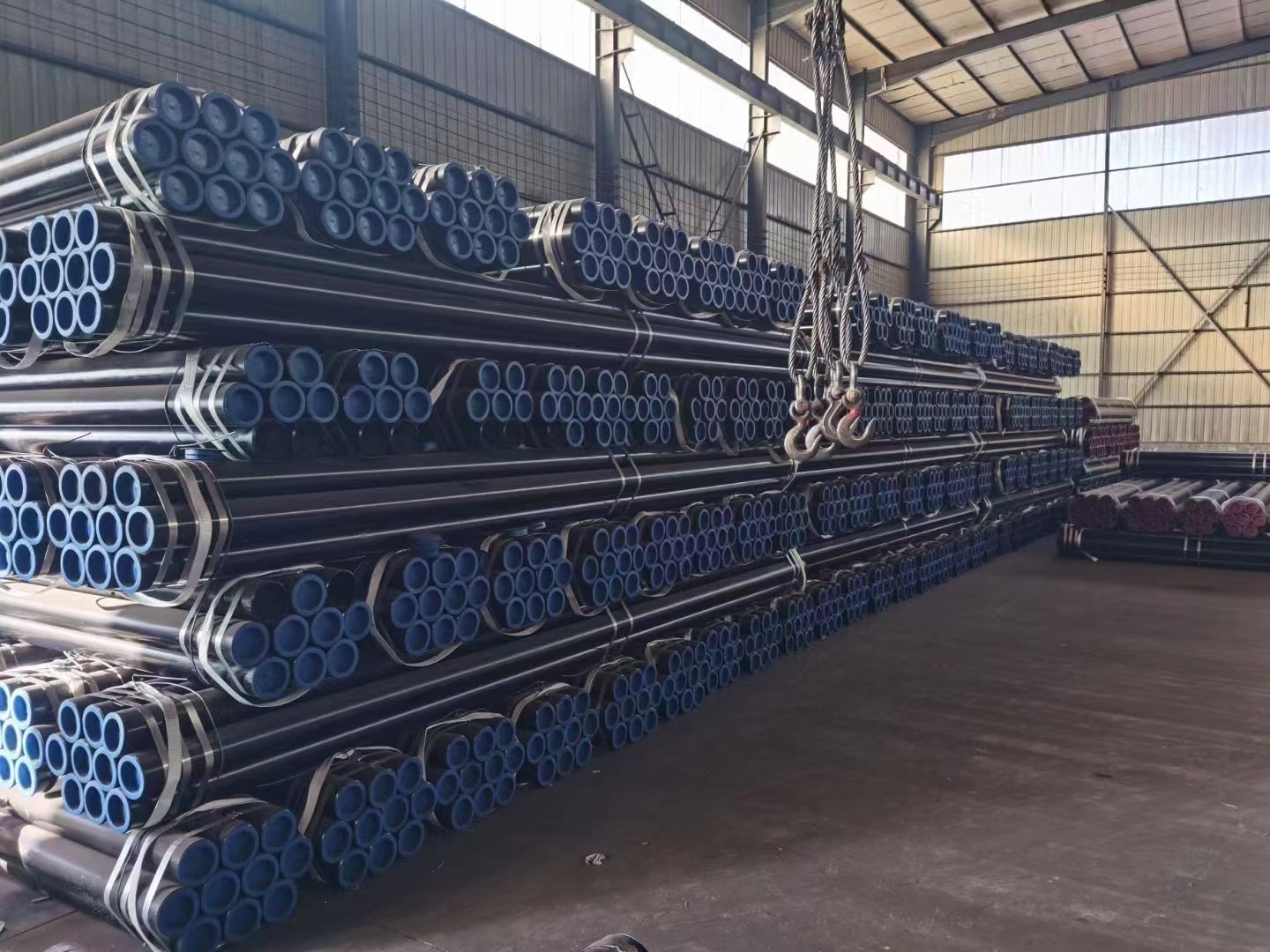-
Cangzhou Yulong Steel Co., Ltd.
-
Phone:
+86 13303177267 -
Email:
admin@ylsteelfittings.com
- English
- Arabic
- Italian
- Spanish
- Portuguese
- German
- kazakh
- Persian
- Greek
- French
- Russian
- Polish
- Thai
- Indonesian
- Vietnamese
- Zulu
- Korean
- Uzbek
- Hindi
- Serbian
- Malay
- Ukrainian
- Gujarati
- Haitian Creole
- hausa
- hawaiian
- Hebrew
- Miao
- Hungarian
- Icelandic
- igbo
- irish
- Japanese
- Javanese
- Kannada
- Khmer
- Rwandese
- Afrikaans
- Albanian
- Amharic
- Armenian
- Azerbaijani
- Basque
- Belarusian
- Bengali
- Bosnian
- Bulgarian
- Catalan
- Cebuano
- China
- China (Taiwan)
- Corsican
- Croatian
- Czech
- Danish
- Esperanto
- Estonian
- Finnish
- Frisian
- Galician
- Georgian
- Kurdish
- Kyrgyz
- Lao
- Latin
- Latvian
- Lithuanian
- Luxembourgish
- Macedonian
- Malgashi
- Malayalam
- Maltese
- Maori
- Marathi
- Mongolian
- Myanmar
- Nepali
- Norwegian
- Norwegian
- Occitan
- Pashto
- Dutch
- Punjabi
- Romanian
- Samoan
- Scottish Gaelic
- Sesotho
- Shona
- Sindhi
- Sinhala
- Slovak
- Slovenian
- Somali
- Sundanese
- Swahili
- Swedish
- Tagalog
- Tajik
- Tamil
- Tatar
- Telugu
- Turkish
- Turkmen
- Urdu
- Uighur
- Welsh
- Bantu
- Yiddish
- Yoruba

Dec . 10, 2024 22:53 Back to list
Understanding Socket Weld Pipe Fittings for Efficient Piping Solutions and Applications
Understanding Socket Weld Pipe Fittings A Comprehensive Overview
Socket weld pipe fittings play an essential role in modern piping systems, particularly in industries dealing with high-pressure applications. They are widely used in the oil and gas, chemical processing, and manufacturing industries. This article delves into the characteristics, applications, advantages, and installation processes associated with socket weld pipe fittings.
What Are Socket Weld Pipe Fittings?
Socket weld pipe fittings are a type of pipe fitting designed to connect pipes in high-stress environments. These fittings are characterized by a socket that is designed to fit over the pipe's end. The pipe is inserted into the socket, after which the weld is applied at the socket’s mouth to create a strong bond. Socket weld fittings typically come in various shapes, including elbows, tees, reducers, and caps, and are available in a variety of materials like stainless steel, carbon steel, and alloy steel.
Characteristics of Socket Weld Pipe Fittings
The key characteristics of socket weld pipe fittings include
1. Size and Pressure Rating These fittings are suitable for small diameter pipes, typically ranging from ½ inch to 4 inches. They are available in various pressure ratings, making them appropriate for different applications.
2. Material Compatibility Socket weld fittings are manufactured from a variety of materials, including stainless steel, carbon steel, and specialty alloys. This versatility allows them to perform well in corrosive environments and withstand high temperatures.
3. Welded Connection The welding process ensures a leak-tight fit and can handle high pressures and temperatures better than threaded fittings. This makes them ideal for critical applications.
Applications of Socket Weld Pipe Fittings
Socket weld fittings are commonly found in several industries, primarily due to their strength and reliability. Key applications include
- Oil and Gas Used in pipelines that transport oil and gas, where safety and reliability are paramount.
- Chemical Processing In chemical plants, these fittings link various pipe systems, providing the necessary strength to handle aggressive chemicals.
- Power Generation In power plants, socket weld fittings help in connecting equivalent systems where high-temperature and high-pressure conditions are common.
- Water Supply and Waste Management They are also used in systems that require a secure connection, reducing the risk of leaks
.socket weld pipe fitting

Advantages of Socket Weld Pipe Fittings
Socket weld fittings offer various benefits that make them a preferred choice for many applications
1. Strength and Durability The welded connection creates a robust joint that can withstand high pressure and temperature fluctuations without failing.
2. Leak Prevention The design reduces the likelihood of joint failure and leakage, which is critical in high-risk environments.
3. Cost-Effectiveness While the initial installation may be more expensive due to welding costs, the long-term benefits of reduced maintenance and failure rates can lead to lower overall costs.
4. Ease of Installation Socket weld fittings are straightforward to install; once the pipes are cut to length, they can be welded quickly, minimizing downtime.
Installation Process
The installation of socket weld fittings involves several steps
1. Preparation Ensure pipes are cut to the appropriate length and clean for welding.
2. Alignment Position the fitting over the pipe to verify proper alignment.
3. Welding Use the appropriate welding technique, typically a method like TIG (Tungsten Inert Gas) or MIG (Metal Inert Gas) welding. It is crucial to maintain a consistent heat input to avoid warping.
4. Inspection After welding, inspect the joints to ensure they meet the specified codes and standards. This may include visual inspections or non-destructive testing methods.
5. Finishing Once verified, the fittings can be painted or coated as needed for corrosion resistance.
Conclusion
Socket weld pipe fittings are an indispensable component in many industrial applications, providing a reliable and robust solution for pipe connections. Understanding their characteristics, advantages, and proper installation techniques is critical for maintaining the integrity and efficiency of piping systems. As industries continue to evolve, so too will the technologies and materials used in socket weld fittings, ensuring their relevance in future developments.
Latest news
-
ANSI 150P SS304 SO FLANGE
NewsFeb.14,2025
-
ASTM A333GR6 STEEL PIPE
NewsJan.20,2025
-
ANSI B16.5 WELDING NECK FLANGE
NewsJan.15,2026
-
ANSI B16.5 SLIP-ON FLANGE
NewsApr.19,2024
-
SABS 1123 FLANGE
NewsJan.15,2025
-
DIN86044 PLATE FLANGE
NewsApr.19,2024
-
DIN2527 BLIND FLANGE
NewsApr.12,2024
-
JIS B2311 Butt-Welding Fittings LR/SR 45°/90° /180°Seamless/Weld
NewsApr.23,2024











